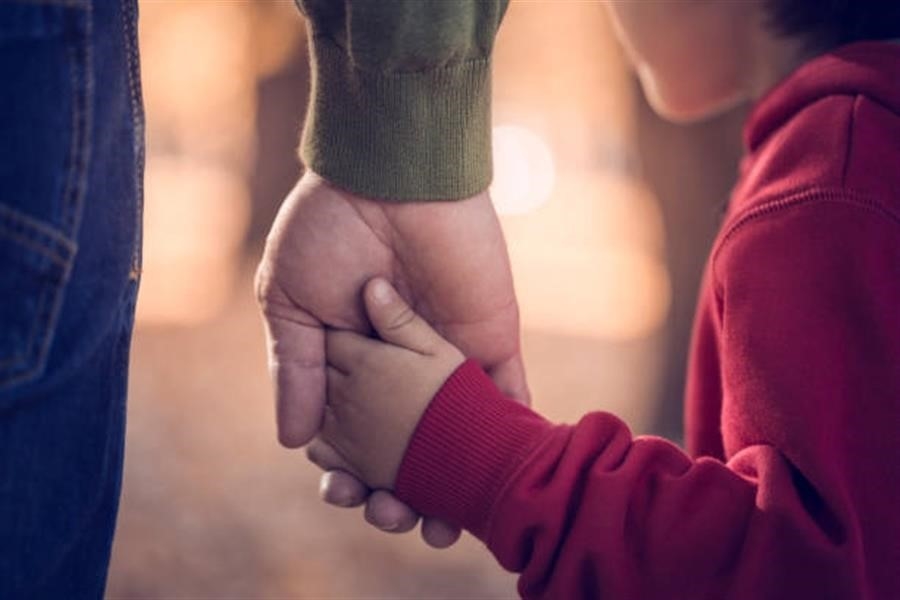You can’t control your partner’s abusive behavior, but you can take steps to protect yourself from harm. Whether you decide to stay or end the relationship, you should consider creating a safety plan. A safety plan is a personalized and practical plan for reducing your risk of being hurt by your partner. By thinking through it in advance, a safety plan can help you avoid dangerous situations and know the best way to react when you are in danger.
What Do I Need to Know?
Your abusive partner may have told you, or led you to believe, that the abuse is your fault. Remember that the abuse is never your fault and that changing your own behavior won’t control it. But you can do some things to better protect yourself before, or when, abuse happens.. Even if you aren’t ready to leave your partner, or if the violence hasn’t escalated yet, you should consider making a safety plan.
An effective safety plan makes changes to your daily lifestyle to better protect you in your home, school, work and social life. These changes can be big, like going to a confidential shelter or changing schools. But they can also be smaller, like changing your email passwords or the route you take to class. Your safety plan can also help you to escape a violent situation as safely as possible, and prepare you to end your relationship when you are ready.
What Can I Do?
Prepare a safety plan and try to follow it whenever possible. Consider involving someone you trust to help you create the plan that works best for you and your situation. When creating your safety plan, ask yourself these important questions: What can I do to stay safe in my home? How do I safely get to work or school? Is there a safe place I can go when abuse happens? Who can walk with me from one class to another? Who can I call if I feel I am in danger?
©The Safe Space
Effective Safety Plans
Personalized: There is no one-size-fits-all safety plan. Because every situation is different, every safety plan needs to reflect the specific details of your life. Use Break the Cycle’s Teen’s Guide to and College Student’s Guide to to create a tailored plan.
Made Ahead of Time: When someone is feeling frightened or in danger, it can be really hard to think clearly. Having a safety plan before there is immediate danger can help you make the best decision in a crisis.
Supported by Your Community: Creating a safety plan can be an overwhelming process, especially if you are trying to make one when you feel physically or emotionally threatened. Working through a plan with a trusted friend can make a huge difference. As part of your plan, identify which family members, friends and community resources you feel comfortable contacting in times of danger.
Realistic: A safety plan won’t work if it is difficult to follow. Every piece of the plan should address the reality of your situation.
Holistic: You aren’t one-dimensional, and your safety plan shouldn’t be either. An effective plan helps you figure out how to be safer in every aspect of your life – at home, at school, at work, in transit, online and in social situations. Safety plans should also address your emotional safety and ability to heal.



